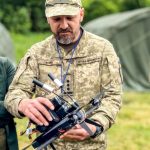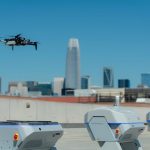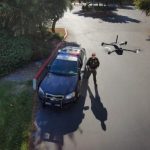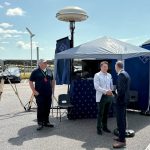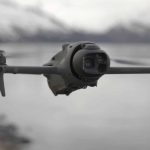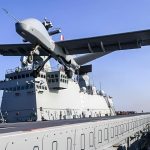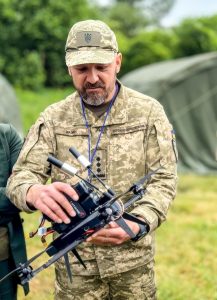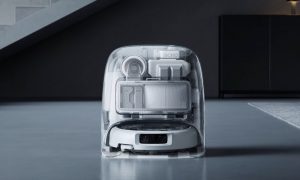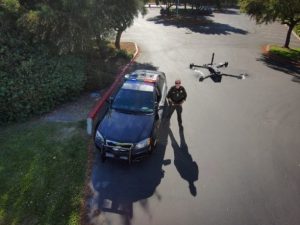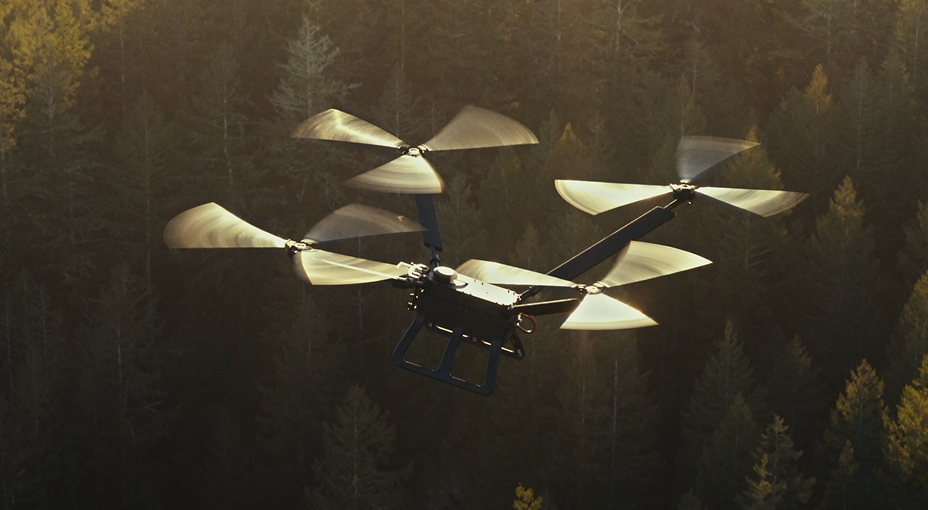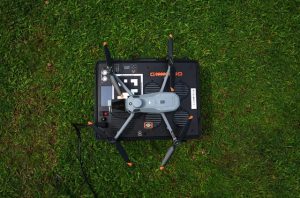Sifly: Pioneering Heavy Payload Drones with Extended Flight Durations
Since the debut of the first commercially viable multicopters in the early 2010s, operators have faced a consistent challenge: these technological marvels typically achieve an average flight duration of just 25 minutes. Despite incremental advances in battery technology, the reality remains that as payload demands increase, the flight time for most unmanned multicopters remains stubbornly below thirty minutes.
The equation is straightforward: to extend flight times, one must minimize weight. Conversely, to carry larger payloads, journeys must be shorter. This dilemma has been a staple of aviation, leading traditional pilots to sacrifice fuel reserves to accommodate passenger needs.
As of now, aircraft technology struggles against gravity with today’s power systems. While multicopter batteries are engaged in an unending battle against gravity, the load on fixed-wing drones can be distributed across their wings, allowing for longer missions.
In response to these engineering dilemmas, California’s Sifly (Sifly) is innovating by integrating traditional helicopter principles into their remotely piloted aircraft. By revisiting foundational helicopter designs, Sifly is setting new standards that blur the line between traditional definitions of drones.

Adopting the motto “Optimization on Optimization on Optimization,” Sifly is enhancing the flight range and lifting capabilities of their craft, all while using a fully electric power source and standard multicopter framework. Their business strategy combines helicopter-level performance with drone cost efficiency.
First-Principles Optimization
- Disc Loading: Unlike many modern drones with high disc loading that necessitate considerable energy to sustain flight, Sifly’s platform operates with low disc loading (approximately 1 lb/ft²), maintaining lift efficiency even in winds up to 30 mph.
- Battery Weight Fraction: With an ideal target of achieving a 66% ratio of battery weight to overall weight, most drones lag below 35%. Sifly’s platform approaches an impressive 60%, significantly enhancing flight duration and operational range.
- Energy-Dense, Cost-Effective Cells: Due to improved performance and the high battery weight fraction, Sifly employs higher energy cells akin to those found in the electric vehicle sector. This choice yields a reduced cost per watt-hour, extended battery lifespans, boosted energy per cell, and supports a diverse global supply network.
Innovative Forward Flight Design
- Helicopter-Like Blades: Departing from the twisted, hover-optimized design of typical drones, Sifly utilizes straight, low-drag blades that enhance efficiency during forward travel.
- Built-In Aerodynamic Tilt: The slight 10-degree tilt of both the front and rear rotors facilitates effortless cruise, unlike conventional drones that struggle against drag.
- Wingstruts: By enclosing motor struts within aerodynamic airfoils rather than open carbon tubes, Sifly reduces drag, which in turn increases operational range.
Safety Innovations at Scale
- Autorotation: Sifly has patented a groundbreaking torque-rotor mechanism allowing for safe autorotation in emergencies, a feature absent in all other multirotors.
- Steerable Braking: During autorotation events, the aircraft employs electric braking systems for precise landings, unlike conventional parachutes.
- Scalability: Their torque-actuated rotor pitch control enables Sifly to easily expand their quad-copter capabilities without experiencing the inertia and responsiveness issues linked to RPM-based systems.
Through layered, strategic optimizations, Sifly has developed the Q12, capable of flying for up to 180 minutes at a maximum speed of 55 mph, capable of carrying a 10-pound payload across 90 miles. Moreover, the attributes of Sifly’s aircraft allow for significant scalability, with each optimization transferable to larger projects.
The larger model, the Q250, provides astonishing performance with flight times exceeding 100 minutes and payload capabilities up to 237 lbs at top speeds reaching 100 mph. These specs present formidable competition in the burgeoning sector of domestic uncrewed aircraft, challenging established foreign manufacturers.
In an era marked by Part 108 regulations and beyond-visual-line-of-sight (BVLOS) operations, service operators will likely prefer aircraft featuring enhanced flight durations, substantial payload capacities, affordability, and user-friendliness—all bolstered by solid local support. The quest for market dominance is intensifying!
